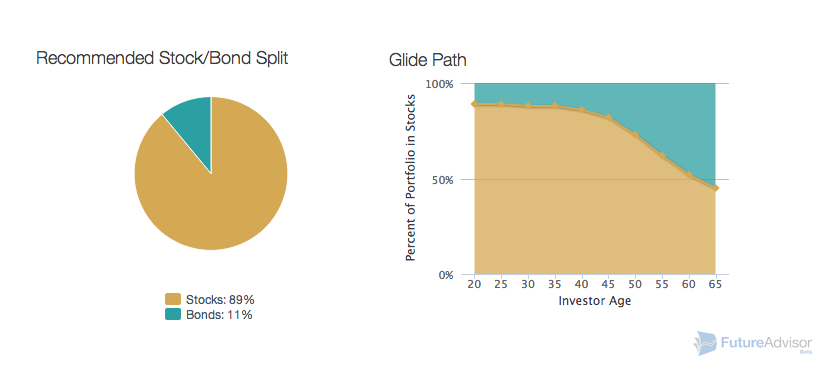What is a stock split Why do stocks split
Post on: 27 Май, 2015 No Comment

All publicly-traded companies have a set number of shares that are outstanding on the stock market. A stock split is a decision by the company’s board of directors to increase the number of shares that are outstanding by issuing more shares to current shareholders. For example, in a 2-for-1 stock split, every shareholder with one stock is given an additional share. So, if a company had 10 million shares outstanding before the split, it will have 20 million shares outstanding after a 2-for-1 split.
A stock’s price is also affected by a stock split. After a split, the stock price will be reduced since the number of shares outstanding has increased. In the example of a 2-for-1 split, the share price will be halved. Thus, although the number of outstanding shares and the stock price change, the market capitalization remains constant.
A stock split is usually done by companies that have seen their share price increase to levels that are either too high or are beyond the price levels of similar companies in their sector. The primary motive is to make shares seem more affordable to small investors even though the underlying value of the company has not changed.
A stock split can also result in a stock price increase following the decrease immediately after the split. Since many small investors think the stock is now more affordable and buy the stock, they end up boosting demand and drive up prices. Another reason for the price increase is that a stock split provides a signal to the market that the company’s share price has been increasing and people assume this growth will continue in the future, and again, lift demand and prices.
Another version of a stock split is the reverse split. This procedure is typically used by companies with low share prices that would like to increase these prices to either gain more respectability in the market or to prevent the company from being delisted (many stock exchanges will delist stocks if they fall below a certain price per share). For example, in a reverse 5-for-1 split, 10 million outstanding shares at 50 cents each would now become two million shares outstanding at $2.50 per share. In both cases, the company is worth $5 million.
The bottom line is a stock split is used primarily by companies that have seen their share prices increase substantially and although the number of outstanding shares increases and price per share decreases, the market capitalization (and the value of the company) does not change. As a result, stock splits help make shares more affordable to small investors and provides greater marketability and liquidity in the market.
For more information on stock splits, see our article on Understanding Stock Splits .














